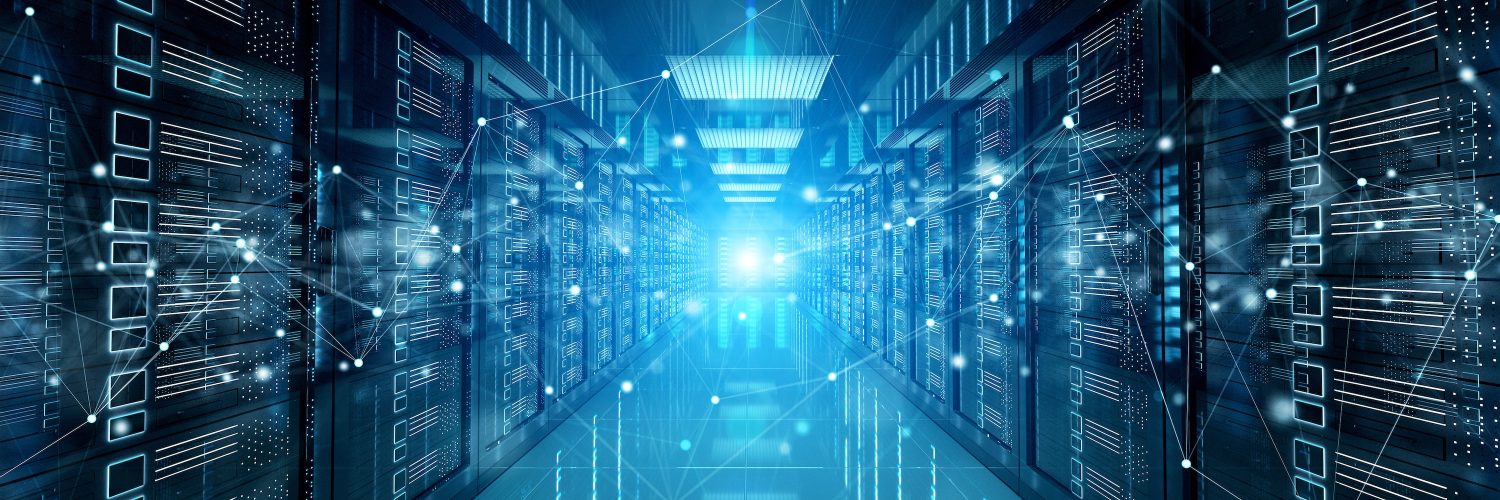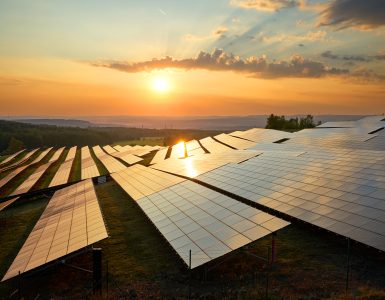In today’s increasingly digital world, data centers are the lifeblood of information infrastructure. From supporting cloud services to running complex algorithms, these facilities operate nonstop to meet growing demands for data storage and processing. But behind the walls of every server room lies a crucial challenge: managing energy consumption efficiently, especially under extreme heat conditions.
The Hidden Cost of Heat
Data centers generate an immense amount of heat. Each server, switch, and storage device contributes to rising temperatures that, if unmanaged, can cause serious issues ranging from hardware degradation to system failures. This is not just a performance concern—it’s a cost issue. Cooling represents a significant portion of data center energy use, often accounting for nearly 40% of total electricity consumption.
When temperatures rise unexpectedly or unevenly across a facility, cooling systems are forced to work harder. Without the right data to guide decision-making, facilities may overcool some zones while leaving others vulnerable to overheating, resulting in both energy waste and increased risk.
The Role of Energy Monitoring
Energy monitoring is a key tool for optimizing operations in these thermally intensive environments. By collecting real-time data on power usage across systems and equipment, facility managers gain visibility into how and where energy is being consumed. This transparency allows for more informed decisions about load balancing, equipment usage, and cooling strategies.
The integration of temperature sensors alongside power monitoring further enhances this capability. Monitoring thermal conditions in tandem with energy data helps pinpoint inefficiencies, such as hot spots caused by poorly ventilated areas or power-hungry equipment. Armed with this insight, operators can adjust cooling precisely where needed instead of running systems at full capacity, saving energy and extending the lifespan of critical hardware.
Smart Cooling for Smarter Operations
Strategic energy monitoring makes it possible to implement smarter cooling techniques, such as:
- Dynamic airflow control: Adjusting airflow based on real-time temperature data.
- Zone-based cooling: Cooling specific areas instead of the entire facility uniformly.
- Predictive maintenance: Identifying and addressing issues before they escalate into failures.
These practices help reduce unnecessary energy use while maintaining optimal performance, which is essential not just for cost savings but also for sustainability goals and regulatory compliance.
Conclusion
In an environment where every degree and kilowatt counts, energy monitoring is no longer a luxury—it’s a necessity. For data centers dealing with high thermal loads and round-the-clock operations, the ability to see, understand, and act on energy data is a powerful advantage. As data demands continue to rise, the smartest facilities will be those that treat energy monitoring as a core part of their infrastructure strategy.















